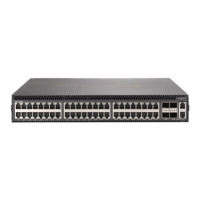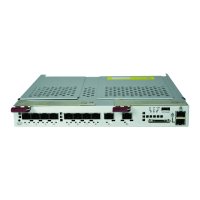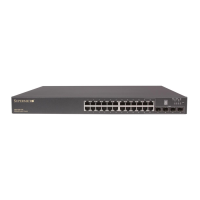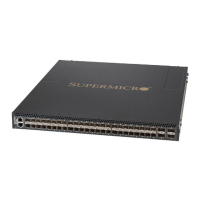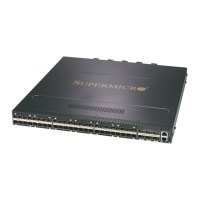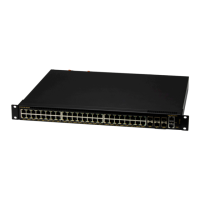What to do if Link/Act LED is off on Supermicro SSE-X3348T?
- JJessica LambAug 2, 2025
If the Link/Act LED is off, verify that both the Supermicro switch and the attached device are powered on. Ensure the cable is securely plugged into both the switch and the corresponding device. Check that the correct cable type is being used and that its length does not exceed the specified limits. Inspect the attached device and cable connections for any potential defects, and replace the cable if necessary.
